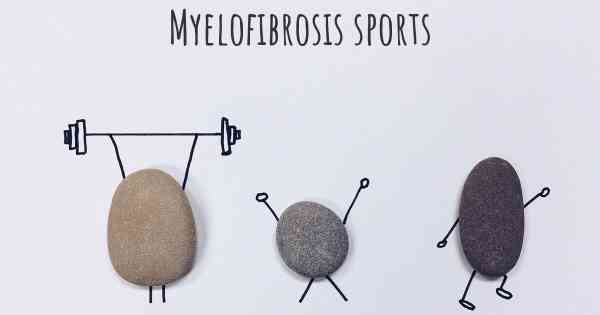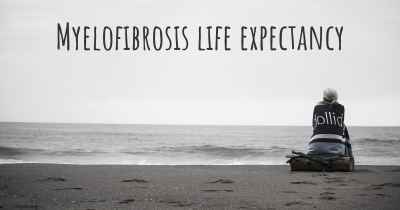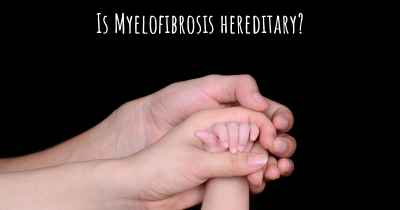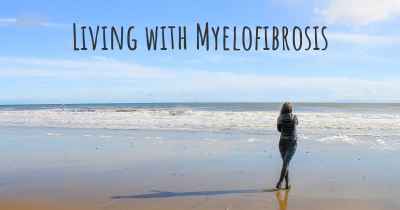Is it advisable to do exercise when affected by Myelofibrosis? Which activities would you suggest and how intense should they be?
See if it is advisable for people with Myelofibrosis to practice sports and which ones are the most recommended if you have Myelofibrosis

Myelofibrosis is a rare bone marrow disorder characterized by the abnormal production and development of blood cells. It leads to the formation of scar tissue in the bone marrow, which hinders the normal production of blood cells. This condition can cause various symptoms, including fatigue, weakness, shortness of breath, and anemia.
When it comes to exercise and physical activity for individuals affected by myelofibrosis, it is important to approach it with caution and consult with a healthcare professional. The severity of the condition and individual limitations may vary, so personalized advice is crucial. However, in general, exercise can be beneficial for managing symptoms and improving overall well-being.
Benefits of Exercise for Myelofibrosis Patients:
1. Improved Energy Levels: Regular exercise can help combat fatigue and increase energy levels. It stimulates the release of endorphins, which are natural mood boosters.
2. Enhanced Cardiovascular Health: Engaging in cardiovascular exercises, such as walking, swimming, or cycling, can improve heart health and increase stamina.
3. Strengthened Muscles and Bones: Resistance training, with appropriate guidance, can help maintain muscle mass and bone density, reducing the risk of fractures.
4. Weight Management: Exercise, combined with a balanced diet, can assist in maintaining a healthy weight, which is important for overall health and managing symptoms.
5. Mental Well-being: Physical activity has been shown to reduce stress, anxiety, and depression, promoting better mental health.
Recommended Exercises for Myelofibrosis Patients:
1. Aerobic Exercises: Low-impact activities like walking, swimming, and cycling are generally safe and beneficial for individuals with myelofibrosis. Start with shorter durations and gradually increase the intensity and duration as tolerated.
2. Strength Training: Resistance exercises using light weights or resistance bands can help maintain muscle strength. It is important to work with a qualified trainer or physical therapist to ensure proper form and avoid overexertion.
3. Flexibility and Stretching: Gentle stretching exercises can improve flexibility and joint mobility. Yoga or tai chi may also be beneficial for relaxation and balance.
Exercise Intensity and Safety Precautions:
When engaging in physical activity with myelofibrosis, it is crucial to prioritize safety and listen to your body. Here are some important considerations:
1. Consult with a Healthcare Professional: Before starting any exercise program, consult with your healthcare team to assess your individual condition and receive personalized recommendations.
2. Start Slowly: Begin with low-intensity exercises and gradually increase the duration and intensity over time. This allows your body to adapt and reduces the risk of overexertion.
3. Monitor Symptoms: Pay attention to any unusual symptoms or discomfort during or after exercise. If you experience dizziness, shortness of breath, chest pain, or excessive fatigue, stop exercising and seek medical advice.
4. Stay Hydrated: Drink plenty of water before, during, and after exercise to prevent dehydration.
5. Modify as Needed: Adapt exercises to your comfort level and physical abilities. If certain movements or activities cause pain or discomfort, modify or avoid them.
6. Rest and Recovery: Allow for adequate rest between exercise sessions to prevent overexertion and promote recovery.
Conclusion:
While exercise can be beneficial for individuals affected by myelofibrosis, it is essential to approach it with caution and seek guidance from healthcare professionals. Engaging in a well-rounded exercise program that includes aerobic exercises, strength training, and flexibility exercises can help manage symptoms, improve energy levels, and enhance overall well-being. Remember to start slowly, monitor your body's response, and prioritize safety throughout your exercise journey.








